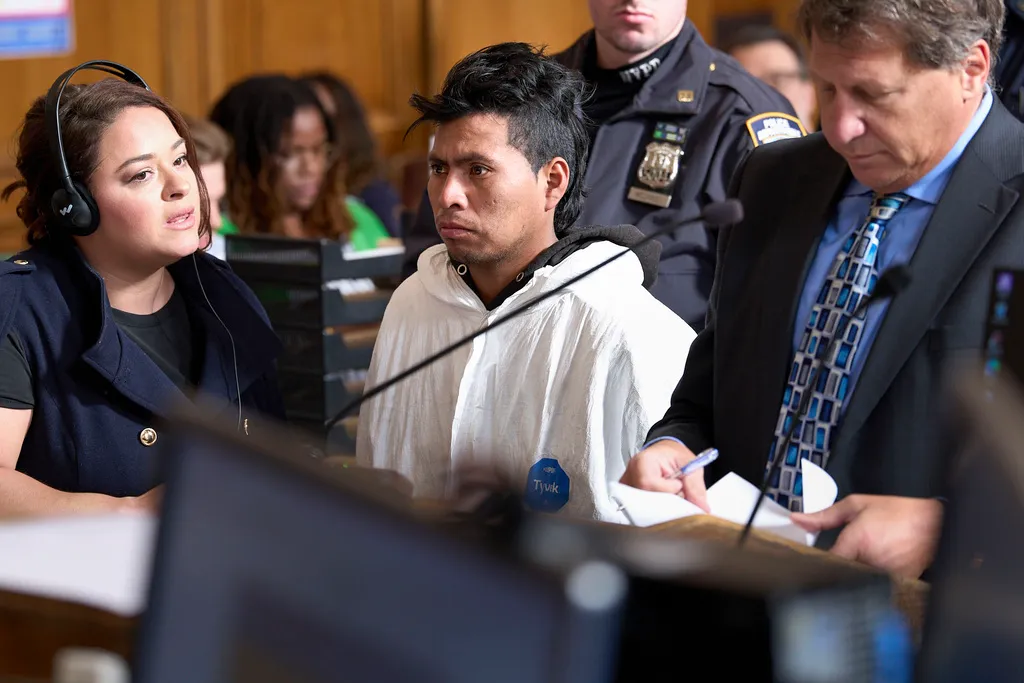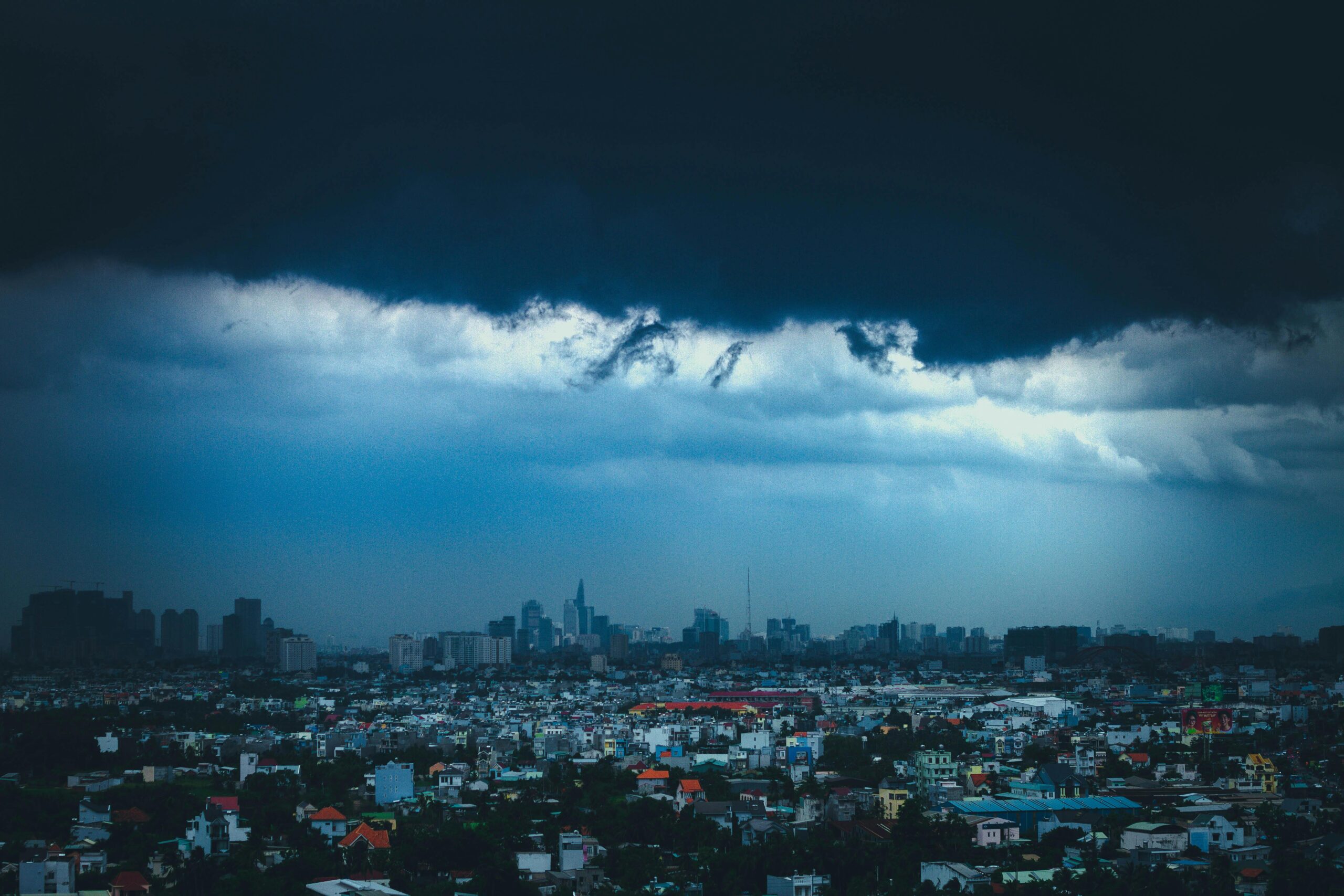The New York City subway, a lifeline for millions, became the scene of a horrifying tragedy on December 22, 2024, when a woman was set on fire aboard an F train at the Coney Island-Stillwell Avenue station in Brooklyn. The shocking incident has reignited public discourse about safety measures, homelessness, and immigration policies in the city.

What Happened?
The victim, believed to have been asleep, was brutally attacked by 33-year-old Sebastian Zapeta, a Guatemalan national. Surveillance footage captured Zapeta igniting the woman’s clothing with a lighter and fanning the flames using a shirt. After the horrific act, Zapeta reportedly lingered nearby, watching as the fire consumed the victim.
Despite an MTA worker’s attempt to extinguish the flames, the woman succumbed to her injuries and was pronounced dead at the scene. Due to the severity of her burns, authorities are relying on dental records to identify her.
The Arrest and Charges
Zapeta was apprehended days later, thanks to high school students who recognized him from police-released images. He was carrying a lighter at the time of his arrest and has been charged with first- and second-degree murder as well as first-degree arson.
In custody, Zapeta claimed he was heavily intoxicated and could not recall the incident. Further investigations revealed that he had been deported in 2018 but re-entered the U.S. illegally.

Safety Concerns in the NYC Subway
The incident has sparked outrage over subway safety, particularly the lack of fire extinguishers accessible to passengers. Currently, extinguishers are restricted to MTA staff, and the organization has no plans to make them publicly available. Critics argue that the lack of easily accessible fire-fighting tools puts passengers at unnecessary risk.
New York City Mayor Eric Adams has called for federal charges to be brought against Zapeta, which could result in a harsher sentence. This request also reflects a potential shift in NYC’s stance on federal immigration enforcement, especially regarding violent offenders.
Homelessness in Focus
Advocacy groups believe the victim was likely homeless, highlighting the vulnerabilities of this marginalized population. The Coalition for the Homeless emphasized that homeless individuals are more often victims than perpetrators of violence.
The tragedy underscores the urgent need for more robust support systems to protect and uplift the city’s homeless community, many of whom seek refuge in the subway system.

Questions on Everyone’s Mind
- Who was the victim?
Authorities have yet to identify the victim due to the extent of her injuries. They are working with dental records to confirm her identity. - What charges is the suspect facing?
Sebastian Zapeta faces first- and second-degree murder charges, as well as first-degree arson. Additional federal charges may follow. - Why aren’t there fire extinguishers for public use in the subway?
MTA policy currently restricts fire extinguishers to employees only, citing logistical and safety concerns. There are no immediate plans to revise this policy. - How did Zapeta return to the U.S. after deportation?
The circumstances of Zapeta’s re-entry after his 2018 deportation remain unclear and are under investigation. - What’s being done to protect homeless individuals?
Advocacy groups are urging for increased resources and protections for the homeless population, emphasizing their vulnerability in public spaces like the subway.
Moving Forward
This tragedy has cast a harsh light on several pressing issues: subway safety, the challenges of managing homelessness, and the complexities of immigration enforcement. As investigations continue, it’s clear that systemic changes are necessary to prevent similar incidents and safeguard New York City’s most vulnerable residents.
Let this serve as a wake-up call to improve public safety, enhance support for the homeless, and create a city where no one has to fear for their life on a subway train.
Sources TIME


